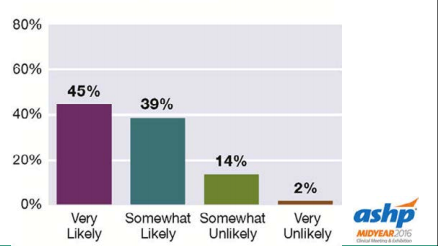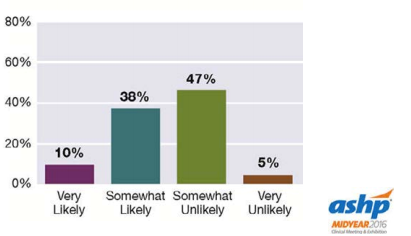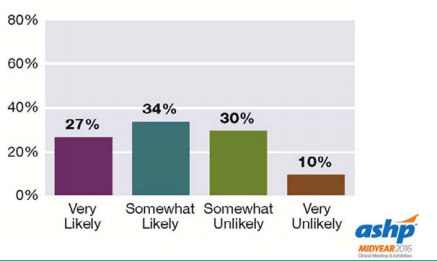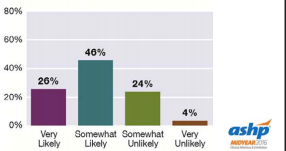Article
Pharmacy Forecast 2017: 7 Trends to Watch
Author(s):
Pharmacists are always looking to identify emerging trends that will inevitably have an impact on their practice and patient care.
Pharmacists are always looking to identify emerging trends that will inevitably have an impact on their practice and patient care. At this year’s ASHP Midyear Clinical Meeting, the ASHP Research and Education Foundation presented its 2017 Pharmacy Forecast report, acknowledging key trends slated to impact pharmacy over the next 5 years.
Pharmacy Forecast reports results from a survey of trend watchers composed of 148 panelists who are often recognized experts in an area of pharmacy practice. The project’s researchers take the survey results and provide interpretations and recommendations for practice leaders. Forecast panelists provided feedback on predicted trends under 7 domains: Population Health Management, Health-System Operations, Therapeutics, Managing Medication Costs, Regulatory Requirements, Pharmacy Workforce, and Presidential Election. Their scaled responses range from “very likely” to “very unlikely.”
A few highlights presented in the report mark significant trends that could shape the future of pharmacy.
1. Population Health Management
At least 75% of health systems will have formal, assertive programs aimed at achieving the highest quality at the lowest cost for specific patient populations (eg, those affected by cancer, diabetes, or inflammatory or immune disorders) across the continuum of care.

2. Health-System Operations
At least 50% of health systems will implement assertive behavior-modification programs for improving the prescribing of antimicrobials, for inpatients and outpatients.

3. Therapeutics
For at least 10% of patients, clinicians will use a combination of genomic information, lifestyle/environmental history, and information collected from medical devices (eg, wearable or mobile applications) to individualize treatment plans.

4. Managing Medication Costs
At least 25% of health systems will have risk-sharing agreements with biopharmaceutical manufacturers that call for price discounts if a product’s performance fails to meet specified targets.

5. Regulatory Requirements
The amount of time that health-system pharmacy personnel devote to regulatory compliance will increase by at least 25%.

6. Pharmacy Workforce
Overall enrollment in PharmD education will decline by at least 10%.

7. Presidential Election
The new president will seek congressional approval of a federal mechanism to influence the pricing of new pharmaceuticals, drawing on the experience of countries such as the United Kingdom, Canada, and Australia.






